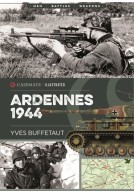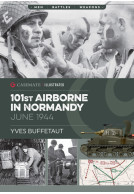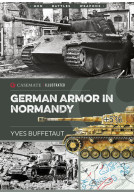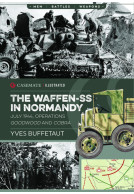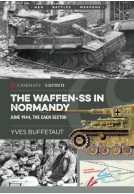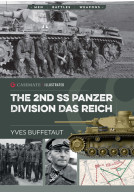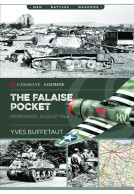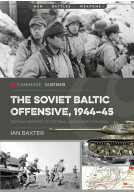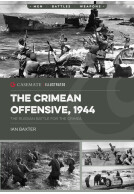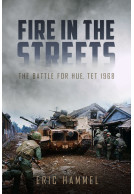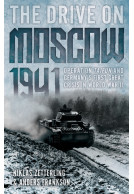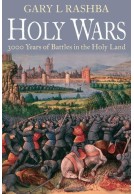Ardennes 1944 (Paperback)
The Battle of the Bulge
Imprint: Casemate Publishers
Series: Casemate Illustrated
Pages: 128
Illustrations: 108 black and white photos, 24 color profiles and 3 maps
ISBN: 9781612006697
Published: 18th September 2018
(click here for international delivery rates)
Order within the next 3 hours, 53 minutes to get your order processed the next working day!
Need a currency converter? Check XE.com for live rates
German army deficiencies are often cited as the reason for the failure of the German counteroffensive in the Ardennes region of France, Belgium and Luxembourg in December of 1944 to January 1945 which the Germans called Operation Wacht am Rhein, the Allies named the Ardennes Counteroffensive, and was also commonly known as the Battle of the Bulge. It is certainly true that the three German armies regrouped for the offensive were in differing states; only the 5th Panzer Army was in something resembling good condition, with the 6th and the 7th mediocre at best. The divisions were also often not mobile enough because of the lack of automotive equipment and were short on tanks and artillery. But these cannot be considered as the only reasons for the German failure: it was also the speed of the Allied reaction, and especially the conduct of the Americans, who experienced the some of the fiercest combat of the war, and suffered over 100,000 casualties.This volume in the Casemate Illustrated series, with over 100 photographs and 24 color profiles describes in detail the different events that caused the German defeat, from the beginning of the offensive on December 16, 1944 to the retreat behind the Siegfried Line. It looks at several topics in particular: the American resistance at St. Vith; the resistance of the 101st Airborne in Bastogne; German obstinacy in persisting with the siege at Bastogne; the airlift and the intervention of the 9th US Air Force; the rapid regrouping of the 3rd US Army; Patton's counterattack; the British counterattack, and finally how the Allies failed to transform the German withdrawal into rout, missing an opportunity to cross the Siegfried line and the Rhine on the heels of the Germans, leading to an incomplete victory.
The Battle of the Bulge, a recent title in the Casemate Illustrated series, and another book originally published in French, by Histoire & Collections, back in 2013. A 128-page soft-cover book. It opens with a timeline, showing the key events during the period of the battle, from 16th December 1944, through to the date considered to be the 'end' of the battle, on 16th January 1945 and just slightly beyond. This is the story of 3 German Armies attacking the US forces in the Ardennes region of Belgium and Luxemburg. The book is then split into 6 main sections, plus a number of callout pages, which add some colour artwork profiles for both German and US AFVs, a profile of General McAuliffe and three separate examples of war crimes committed during the battle. From the first day, the advance of Joachim Peiper, the US commanders (McAuliffe, Patton and Eisenhower), the role of airpower and the British involvement as they moved south to provide support on the northern sector of the Bulge, as well as concluding pieces on the Aftermath and offering a Conclusion. As well as the progress of the offensive, the successes and failures on both sides, there are maps to help illustrate the progress of the advances along with lots of archive photos. Some of these are well known, but there are plenty more which I don't recall seeing before.
Military Model Scene
A good value book I think, providing the key details of the battle, and for including the use of British XXX Corps troops to try and help their US allies. One part of the battle which is frequently forgotten, but one I think of as I remember my own father talking about how he was part of a unit sent to guard one of the Meuse bridges, though fortunately the German advance was stopped before they ever got that far. A good selection of nice clear photos which offer plenty of detail for modellers, both with uniforms and personal equipment, and plenty more showing both German and US vehicles that will again offer plenty of useful references and diorama potential.







